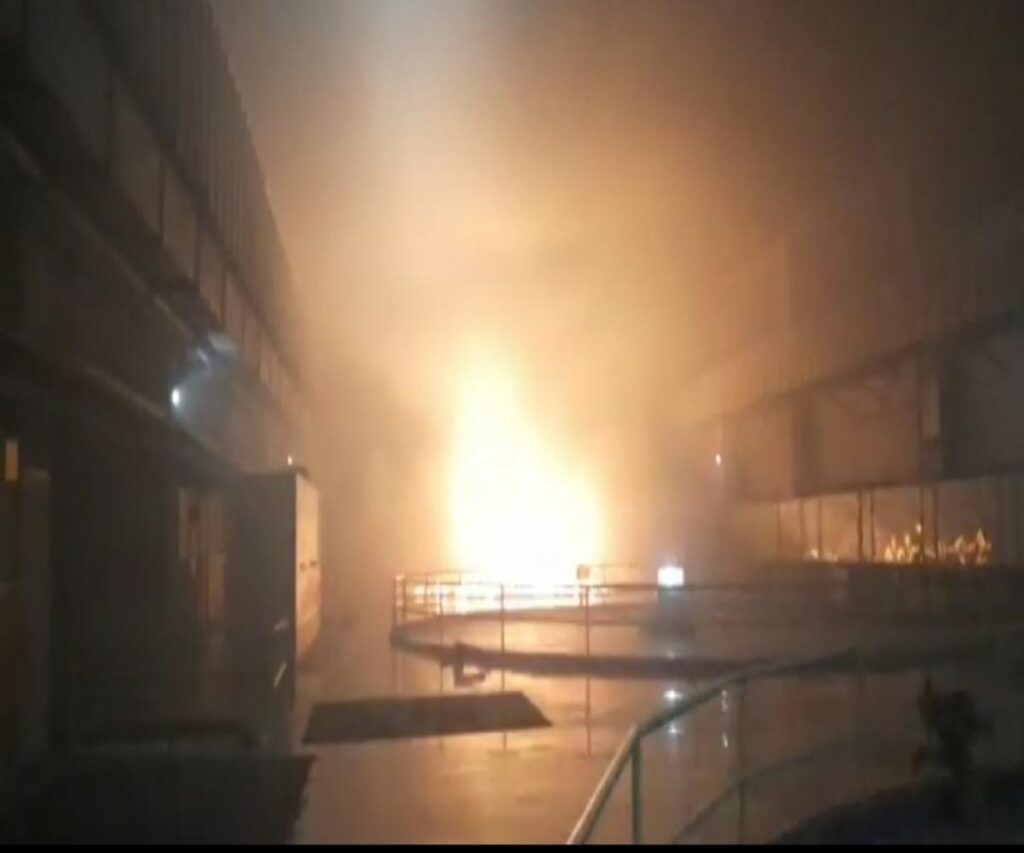Function of Temperature Transmitter
Today, we’ll be talking about “Burnout Function in Temperature Transmitter” which is another fascinating topic that involves a special function in a transmitter. This function plays a crucial role in safeguarding plants and equipment.
The function of transmitter is very simple.
The transmitter acts as a link between the sensor and the system, taking in the sensor’s input and transforming it into a format that the system can comprehend. This format may vary, such as a 4-20 mA signal, FF signal, or other signal types, depending on the specific instrument utilized.
During the commissioning of the transmitter, several parameters need to be configured to ensure proper functionality.
These parameters include the device tag, primary variable, secondary variable, tertiary variable, range for all variables, lower range value (LRV), upper range value (URV), engineering units, damping, transfer function (linear/square root), display settings, and a critical parameter specific to temperature transmitters known as the burnout function.
Burnout Function in Temperature Transmitter
Let’s think that what will happen if RTD or thermocouple fails?
For Example:
1) If an RTD fails and the resistance becomes excessively high, such as due to an open connection, it can trigger a high-temperature interlock, resulting in a process trip.
 This process trip may lead to a plant shutdown and subsequent production loss. Time is money !!
This process trip may lead to a plant shutdown and subsequent production loss. Time is money !!
So It’s very important to maintain and monitor the RTDs to minimize the risk of such failures and their potential impact on operations.
Remember: Money does not grow on trees!!
2) Lets take another example:
Another scenario to consider is when an RTD fails and becomes a short circuit.
In the case of a PT100 RTD sensor, if the resistance becomes zero, it corresponds to an equivalent temperature of -242.021 °C. 
However, in real-time operations, if the temperature in the plant continues to increase and surpasses a critical temperature threshold, it could lead to a potentially hazardous situation.
In such cases, there is a risk of a blast or incident occurring, emphasizing the importance of regular monitoring, maintenance, and timely detection of RTD failures to mitigate potential risks and ensure the safety of the plant and personnel.
To address these challenges and ensure operational reliability, it is essential to incorporate the burnout function as a preventive measure.
In the burnout function, when a transmitter detects a sensor failure, such as a short circuit or open circuit, it is programmed to transmit a specific current signal.
This signal is pre-configured in the transmitter and can be set to a defined value, such as a low value, high value, or any other predetermined state. In a 4-20mA loop, the high value corresponds to 20 mA, while the low value corresponds to 4 mA.
The configuration of the burnout function allows for flexibility to align with specific requirements and ensures that a recognizable signal is transmitted in the event of a sensor failure.
Now, How the transmitter can reliably identify genuine sensor failures because there might be possibility of spurious readings that could mimic similar scenarios.
A sensor fault is determined by the transmitter when the loop current falls below 3.6 mA or exceeds 21 mA. To prevent false alarms, the signal must persist for a minimum of 4 seconds before being recognized as a sensor fault.
The specific configuration for the transmitter’s burnout function should be determined by evaluating the unique requirements and characteristics of the process at hand.
Last one and very important point to be noted is, when configuring the burnout function in the transmitter, clear documentation should be provided. It may include written instructions in the field or maintaining a list of transmitters with the burnout function enabled.
This ensures that when an instrumentation technician or engineer performs any activity on the transmitter, they are aware of the necessary bypass that needs to be implemented in the DCS or ESD system.
Proper communication and documentation help prevent any operational disruptions or unintended consequences during maintenance or troubleshooting tasks

